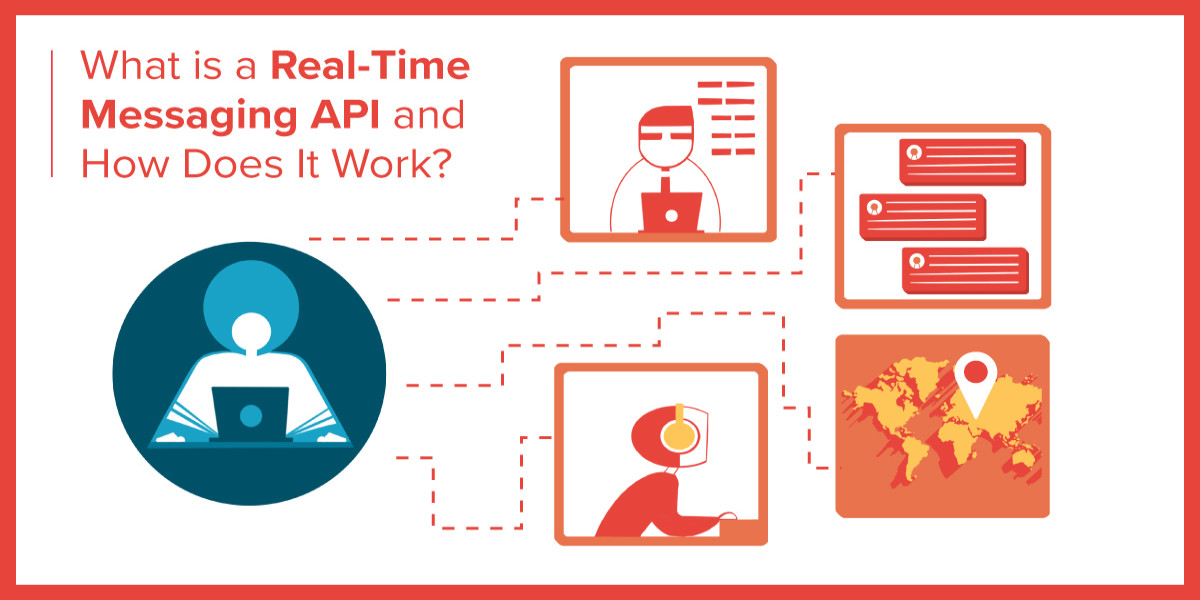What is Amazon SQS?
Amazon Simple Queue Service (Amazon SQS) is a fully managed message queuing service provided by Amazon Web Services (AWS). It allows you to decouple and scale microservices, distributed systems, and serverless applications. Here are some key features and uses of SQS:
SQS Key Features
Message Queuing: SQS enables asynchronous communication between distributed components by sending messages via queues.
SQS supports two types of message queues:
Standard Queues: Provide maximum throughput, best-effort ordering, and at least-once delivery.
FIFO (First-In-First-Out) Queues: Ensure strict ordering and exactly-once message delivery.
Scalability: It automatically scales to handle large volumes of messages. Can process millions of messages per day without requiring any additional infrastructure management.
Reliability and Redundancy: Messages are stored redundantly across multiple AWS availability zones to ensure durability.
Security: Supports AWS Identity and Access Management (IAM) to control access to queues. Offers server-side encryption (SSE) to encrypt message data at rest.
Integration: Easily integrates with other AWS services such as AWS Lambda, Amazon EC2, Amazon S3, and others.
Use Cases
Decoupling Microservices: SQS allows different parts of a system to communicate without being directly connected, improving fault tolerance and reducing dependency issues.
Load Leveling: Helps to smooth out intermittent heavy workloads by queuing up tasks and processing them at a steady rate.
Message Buffering: Acts as a buffer layer to handle the incoming load, preventing backend systems from being overwhelmed.
Asynchronous Processing: Facilitates asynchronous workflows by allowing tasks to be processed in the background, freeing up front-end services to handle more immediate tasks.
How SQS Works
Sending Messages: Producers send messages to an SQS queue. Each message can contain up to 256 KB of text in any format.
Receiving Messages: Consumers retrieve messages from the queue and process them. Messages remain in the queue until a consumer successfully processes and deletes them.
Visibility Timeout: Once a message is received, it becomes invisible to other consumers for a specified period (visibility timeout). If the message is not deleted within this period, it becomes visible again for processing.
Dead-Letter Queues (DLQs): Unprocessed messages can be sent to a DLQ for further analysis, helping to troubleshoot and debug processing issues.
Example Usage
Here is a simple example of how to use Amazon SQS in Python using the boto3 library:
import boto3
# Create SQS client
sqs = boto3.client('sqs')
# Create a queue
response = sqs.create_queue(
QueueName='test_queue',
Attributes={
'DelaySeconds': '5',
'MessageRetentionPeriod': '86400'
}
)
queue_url = response['QueueUrl']
# Send a message to the queue
sqs.send_message(
QueueUrl=queue_url,
MessageBody='Hello, World!'
)
# Receive a message from the queue
response = sqs.receive_message(
QueueUrl=queue_url,
MaxNumberOfMessages=1,
WaitTimeSeconds=10
)
# Print out the message
messages = response.get('Messages', [])
for message in messages:
print(f"Received message: {message['Body']}")
# Delete the message
sqs.delete_message(
QueueUrl=queue_url,
ReceiptHandle=message['ReceiptHandle']
)
SQS Disadvantages
While Amazon Simple Queue Service (SQS) offers many benefits, there are also some disadvantages and limitations to consider:
Latency: There can be latency in message delivery and processing, especially in distributed systems where messages might need to traverse multiple network hops.
Limited Message Size: The maximum message size for SQS is 256 KB. This may be insufficient for applications needing to transmit larger payloads, requiring additional storage solutions like Amazon S3 for larger data.
Cost: While SQS is relatively cost-effective for low to moderate usage, costs can add up with high throughput and large message volumes. Charges are based on the number of requests and the amount of data transferred.
No Native Message Filtering: SQS does not support message filtering natively. Consumers need to implement their filtering mechanisms, which can add complexity and processing overhead.
No Transaction Support: SQS does not support multi-message transactions. Each message is handled independently, so if a process needs to ensure multiple messages are processed as a single unit of work, additional logic is required.
Limited Message Retention: Messages can be retained in the queue for a maximum of 14 days. This can be a limitation for applications requiring longer retention periods.
Visibility Timeout Management: Proper management of the visibility timeout is crucial to avoid message duplication or loss. This requires careful tuning and monitoring to balance processing time and message reappearance.
No Built-In Support for Complex Workflows: SQS is a basic message queuing service and does not natively support complex workflow orchestration. For more advanced workflows, additional services like AWS Step Functions may be needed.
Potential for Duplicate Messages: With Standard Queues, there is no guarantee that messages will be delivered only once (at-least-once delivery), so consumers must be designed to handle duplicate messages.
Ordering Limitations in Standard Queues: Standard Queues do not guarantee the order of message delivery. For strict FIFO ordering, FIFO Queues must be used, which might have some throughput limitations compared to Standard Queues.
SQS compare to PubNub
Choosing between Amazon SQS and PubNub depends on the specific needs of your application:
Amazon SQS is suitable for tasks requiring message durability, scalability, and decoupling in distributed systems with potentially higher latency tolerance.
PubNub is ideal for applications demanding low-latency, real-time communication, and a pub/sub messaging model.
SQS compared to other solutions providers
Comparison with Other Messaging Services
AWS SNS (Simple Notification Service):
For pub/sub messaging patterns, AWS SNS might be more appropriate, as it can push messages to multiple subscribers simultaneously.
SQS can be integrated with SNS for fan-out scenarios where messages need to be delivered to multiple queues.
For use cases requiring high-throughput, low-latency, and real-time data streaming, Apache Kafka may be more suitable.
Kafka offers more advanced features such as message replay, long-term storage, and stream processing capabilities.
For more complex routing and queuing patterns, RabbitMQ might be a better fit, as it provides a variety of exchange types and routing mechanisms.
RabbitMQ also supports advanced features like message acknowledgments, priority queues, and plugin extensions.


